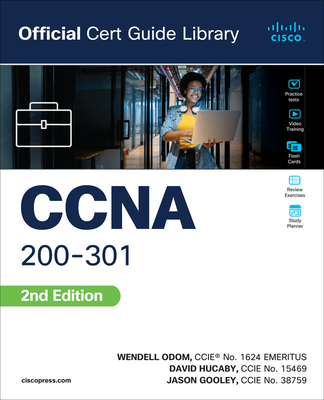Securing Java Web Services Training
|
We offer private customized training for groups of 3 or more attendees.
|
||
Course Description |
||
| This advanced course introduces Java developers to key concepts and
technology for developing secure web services and securing enterprise
software architecture. Though consensus is forming, and standards have
largely taken shape, this is still a broad and challenging field. We
focus on a few well-defined approaches: XML cryptography, the
WS-Security and WS-SecurityPolicy standards, and the Security Assertions
Markup Language, or SAML. We also look XACML for authorization policies,
and at trust and federation -- not only as envisioned by SAML but also
through the WS-Trust and WS-Federation specifications. These approaches
do overlap, and through our primary case studies we present a single,
coherent story of assuring confidentiality, integrity and
non-repudiation, user authenticity, and proper request authorization
with a blend of policy-driven WS-Security, SAML, and even some
application-coded digital signature. We also investigate the
web-application end of SAML, with an in-depth study of single sign-on
and federated identity. Although for practical purposes this course
relies on a specific platform, which is Java EE, the great majority of
the course content teaches interoperable specifications, and would be
equally useful to developers working on other web-service-capable
platforms such as .NET -- or to those who work with multiple platforms,
and do need to understand the interoperable pieces in detail but perhaps
don't need to delve into implementation strategies. In fact,
customizations are available that essentially leave out the Java to
stick more strictly to the XML.
Course Length: 5 Days
Course Tuition: $2250 (US) |
||
Prerequisites |
|
| Solid Java programming experience is essential. | |
Course Outline |
|
Chapter 1. Securing the Service-Oriented Enterprise
Chapter 2. Transport Security
Chapter 3. XML Signature
Chapter 4. XML Encryption
Chapter 5. WS-Security
Chapter 6. WS-SecurityPolicy
Chapter 7. Introduction to SAML
Chapter 8. SAML Assertions
Chapter 9. SAML Protocol
Chapter 10. XACML
Chapter 11. Securing Federated Services
Chapter 12. SAML Bindings
Chapter 13. Federated Identity
Appendix A. Learning Resources |
Course Directory [training on all levels]
- .NET Classes
- Agile/Scrum Classes
- AI Classes
- Ajax Classes
- Android and iPhone Programming Classes
- Azure Classes
- Blaze Advisor Classes
- C Programming Classes
- C# Programming Classes
- C++ Programming Classes
- Cisco Classes
- Cloud Classes
- CompTIA Classes
- Crystal Reports Classes
- Data Classes
- Design Patterns Classes
- DevOps Classes
- Foundations of Web Design & Web Authoring Classes
- Git, Jira, Wicket, Gradle, Tableau Classes
- IBM Classes
- Java Programming Classes
- JBoss Administration Classes
- JUnit, TDD, CPTC, Web Penetration Classes
- Linux Unix Classes
- Machine Learning Classes
- Microsoft Classes
- Microsoft Development Classes
- Microsoft SQL Server Classes
- Microsoft Team Foundation Server Classes
- Microsoft Windows Server Classes
- Oracle, MySQL, Cassandra, Hadoop Database Classes
- Perl Programming Classes
- Python Programming Classes
- Ruby Programming Classes
- SAS Classes
- Security Classes
- SharePoint Classes
- SOA Classes
- Tcl, Awk, Bash, Shell Classes
- UML Classes
- VMWare Classes
- Web Development Classes
- Web Services Classes
- Weblogic Administration Classes
- XML Classes
- Introduction to Spring 6, Spring Boot 3, and Spring REST
15 December, 2025 - 19 December, 2025 - See our complete public course listing






